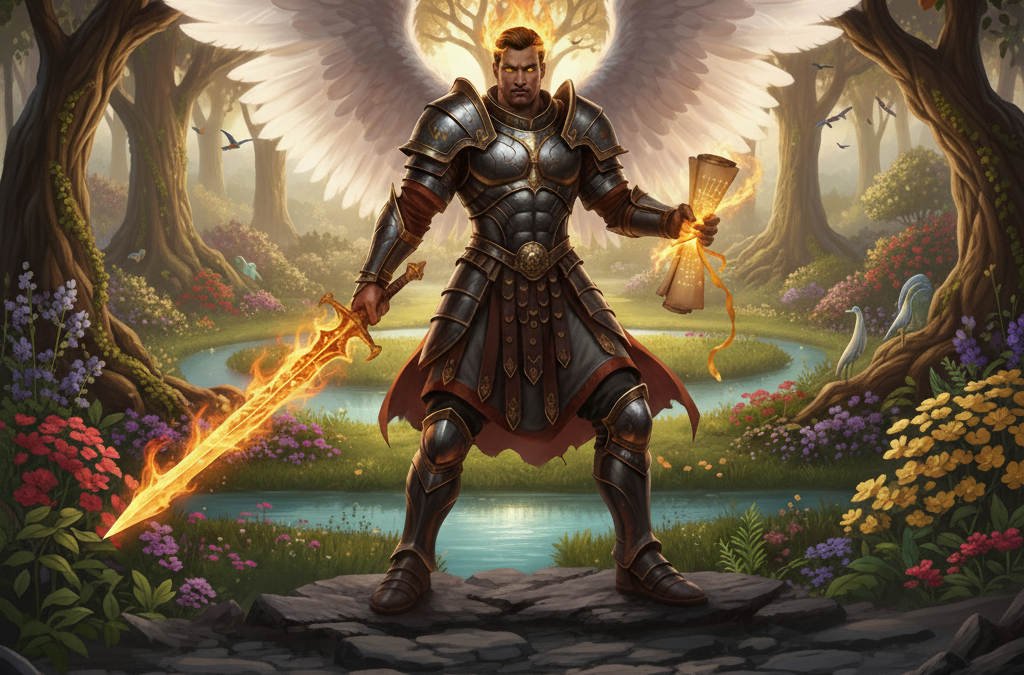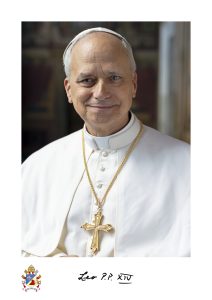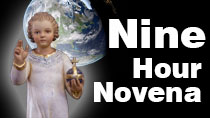“Uriel, flame of divine wisdom, who stands at the gate of Eden—what place have you in the Church’s memory?”
Among the angelic hosts that populate Scripture and tradition, three names shine with canonical clarity: Michael, Gabriel, and Raphael. These archangels are venerated in the Catholic Church, their names etched into the liturgy and celebrated each year on September 29, the Feast of the Archangels. But what of Uriel, the “Light of God”? His name stirs the imagination, appearing in ancient texts and mystical traditions—yet he remains conspicuously absent from the Church’s official roster of saints.
Uriel in Ancient Texts
Uriel’s origins trace back to Jewish apocalyptic literature, particularly the Book of Enoch, where he is one of the four (or seven) archangels who stand before the throne of God. In 2 Esdras (also known as 4 Ezra), a text included in some Christian Bibles but not in the Catholic canon, Uriel is sent by God to instruct the prophet Ezra in divine mysteries.
In these writings, Uriel is often portrayed as:
- Interpreter of divine secrets
- Guardian of Eden’s gate
- Angel of repentance and wisdom
- One who warns Noah of the coming flood
Such roles have made him a favorite in mystical, esoteric, and artistic traditions.
The Church’s Official Stance
Despite his prominence in apocryphal literature, Uriel is not officially recognized as a saint or archangel in the Roman Catholic Church. The Church’s caution stems from a desire to avoid confusion or doctrinal error. In 745 AD, Pope Zachary explicitly forbade the veneration of angels not named in the canonical Scriptures, a move aimed at curbing the rise of angel cults and unverified revelations.
Thus, only Michael (Daniel, Revelation, Jude), Gabriel (Daniel, Luke), and Raphael (Tobit) are named and honored in the Catholic liturgical calendar.
Uriel Beyond Rome
Uriel’s story doesn’t end at the Vatican’s gates. He is:
- Venerated in Eastern Orthodoxy, where seven archangels are honored.
- Recognized in Anglican and some Lutheran traditions, often appearing in stained glass and liturgical poetry.
- A figure in Christian mysticism, especially in Renaissance and Kabbalistic thought.
In art, Uriel is often depicted holding a flaming sword, a scroll, or a sun, symbolizing illumination and judgment.
Why Uriel Still Matters
For Catholic creatives and theologians, Uriel offers a fascinating case study in the tension between tradition and canon. He reminds us that the Church’s discernment is not a denial of mystery, but a safeguard of truth. And yet, in the poetic imagination, Uriel still walks the edges of Eden, whispering wisdom to those who seek it.





Recent Comments